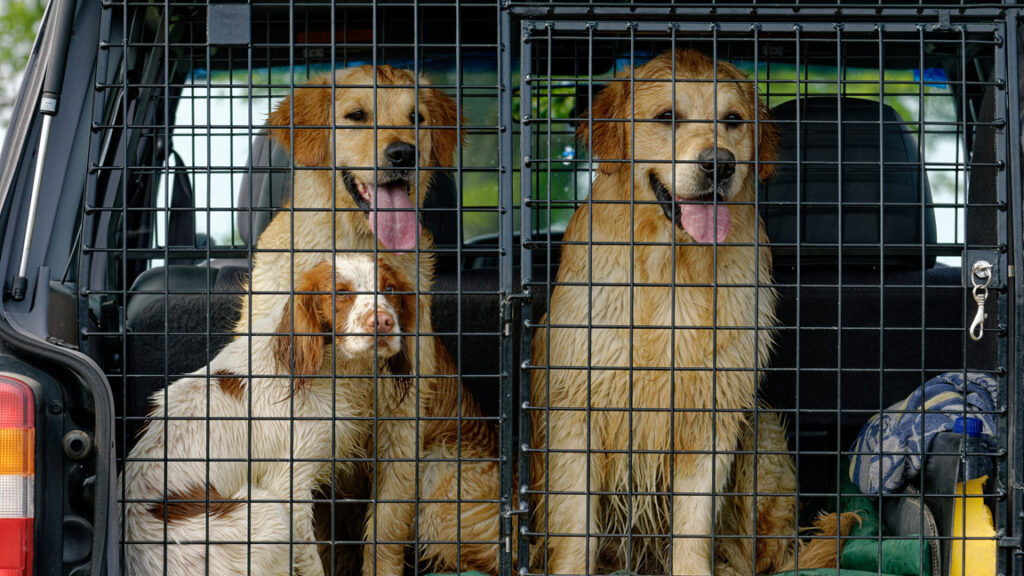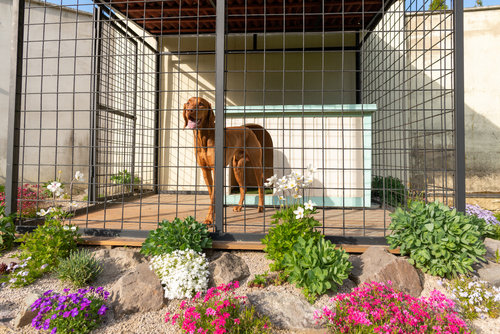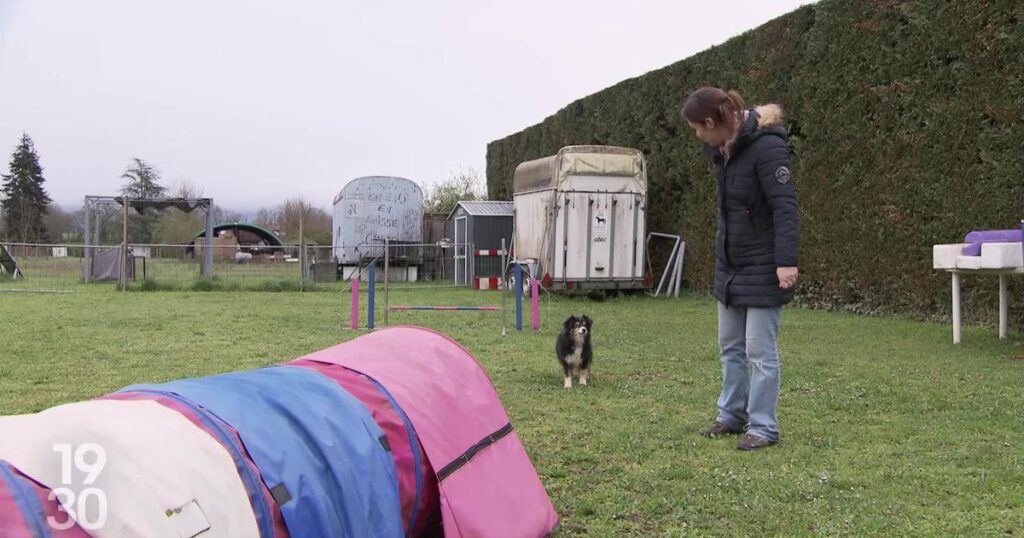
Europe wants to consider you as a dog breeder as soon as you have 4 female dogs or if you have more than 2 litters per year. You will also have to comply with new guidelines.
When Willy Schraen listed the measures in preparation on animal welfare, including those on dogs, many smiled. “ He's exaggerating, it's too big “. And yet we went to delve into the two legislative proposals currently under study at European level. Willy Schraen was not wrong. It is heavy.
The aim of this regulation is to combat the lack of regulation in dog (and feline) breeding in certain countries. Standardization: this is the credo of the European Parliament. Impose the same regulations on all countries. And too bad for those where legislation already exists. The good students will pay for the bad ones. Europe could have been content to apply what is done in the “good countries”. But no, it supplements this regulation with a multitude of directives. The EU proposal on dog welfare is available at this link.
From 4 female dogs, and/or more than two reproductions per year: you are a “breeding establishment”
The proposal thus defines a breeding establishment. Or rather it explains that the obligations do not apply “to breeding establishments keeping up to three female dogs or cats and producing no more than two litters in total per establishment and per calendar year”. So you will have understood that if you exceed this quota you are considered a breeding establishment.
Detention temperature, surface, feeding, reproduction, everything is regulated and legislated.
The European Parliament's proposed regulation relating to the well-being of dogs and cats and their traceability details many points. Among them is the obligation to mark dogs by transponder, only. We list some of them for you.
Food
- adult dogs are fed twice a day;
- puppies under 8 weeks old are fed at least 5 times a day;
The temperature of the accommodation must be between
- 10 and 26°C in indoor spaces where adult dogs are kept;
- 22 and 28°C in the whelping areas during the first 10 days of the puppies' lives;
Minimum space available for dogs (total accessible surface, including interior space and delimited exterior space)
- less than 10 kg: 4 m2 + 2 m2 (per additional animal)
- more than 10 kg but not more than 20 kg: 6 m2 + 3 m2 (per additional animal)
- between 20 kg and 30 kg: 8 m2 + 4 m2 (per additional animal)
- Dogs weighing more than 30 kg: 10 m2 + 5 m2 (per additional animal)
photo credit: Shutterstock
Health
- Female dogs are only used for breeding if they have reached at least 18 months of age.
- Authorization of up to 3 litters per female dog over a period of 2 years. But be careful, mandatory recovery period. At least 1 year by preventing any new pregnancy.
- Any female dog aged eight years or over is subject, before being used for breeding, to a physical examination by a veterinarian. He must confirm in writing that pregnancy would not present any risk to his well-being. Especially for his health.
” Well-being “
- Tying up on the premises of the establishment for more than one hour is prohibited. Except for the duration of medical treatment.
- The following manipulations are prohibited: exposing dogs to an electric current. Lift a dog by its limbs, head, tail or hair.

photo credit: Shutterstock
Dogs also covered in the proposed regulation on the transport of animals
Another regulation is currently proposed at European level. It concerns the transport of animals. Although it mainly concerns farm animals, we still talk about dogs. But only those transported as part of a “commercial” activity. By this mean those that breeders may have to transport.
The text explains that specific provisions in Union law regarding the transport of dogs are rare. Especially when it comes to puppies of various breeds. Consequently, the transport of these animals is frequently carried out in circumstances which present risks to their well-being. Therefore, it is necessary to better define specific rules regarding the minimum age of transported dogs. But also the feeding intervals during the trip. To require preventive veterinary treatments to avoid stress-related and species-specific illnesses. It is also necessary to provide rules. Such as temperature and humidity requirements.
So Europe has given us some gems:
- A minimum age for transport set at 12 weeks.
- Dogs travel in a compartment with an ambient temperature between 20°C and 25°C and a humidity level between 30% and 70%.
The full text of this proposal can be consulted at this link




